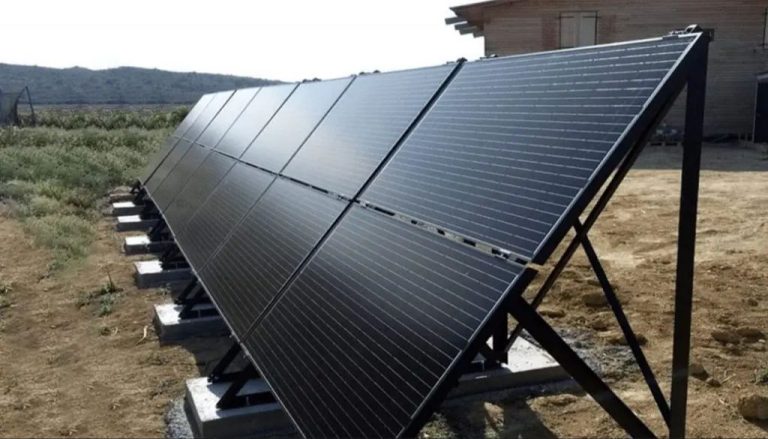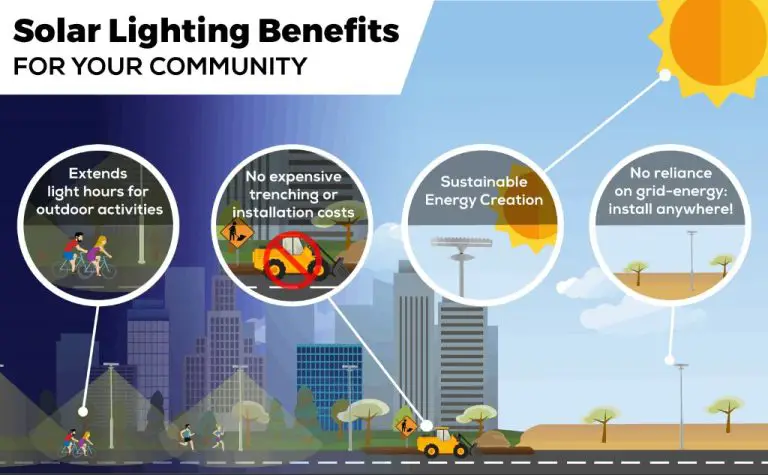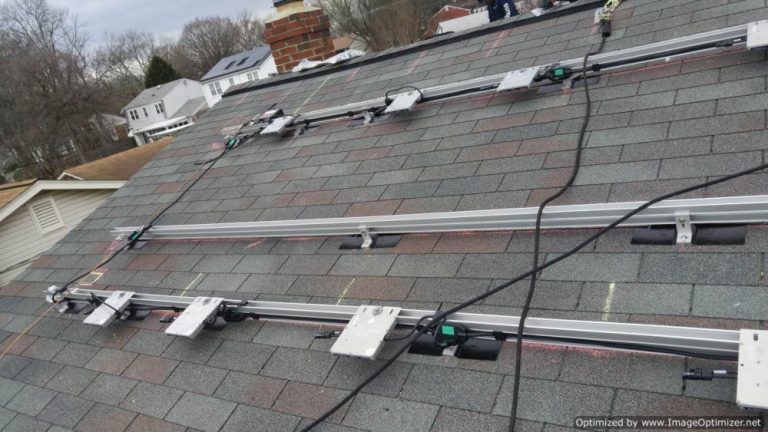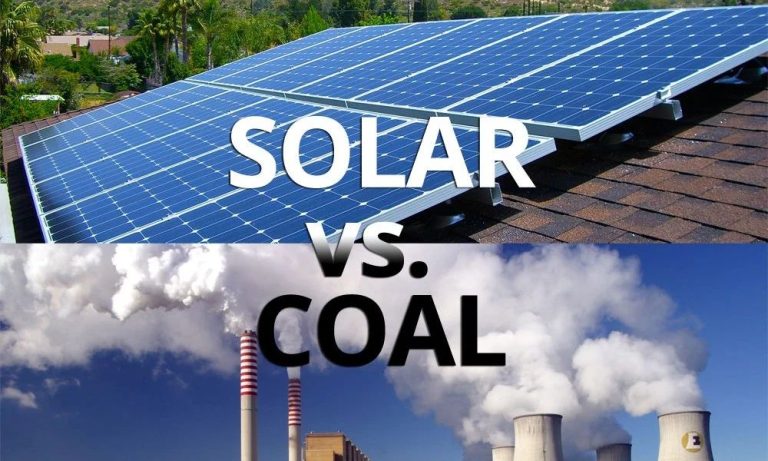Is Solar System Good Or Bad?
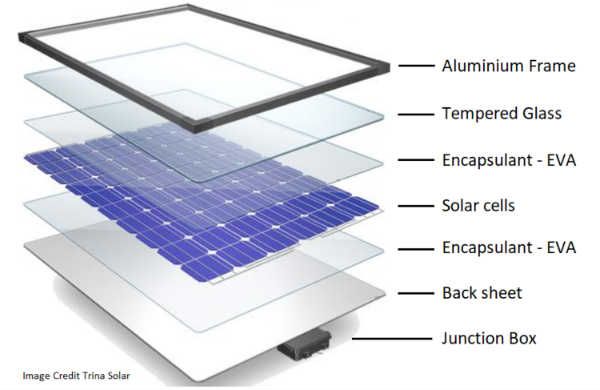
Solar energy is produced by harnessing the power of the sun through a variety of technologies like photovoltaics (PV), concentrated solar power, and solar heating/cooling systems. The sun is a massive glowing ball of fire that produces massive amounts of energy in the form of heat and light that reaches Earth. Solar energy has a mix of both advantages and disadvantages that need to be weighed when considering it as an energy source.
On the plus side, solar energy is renewable, clean, reduces electricity costs, and energy independence. The main downsides are high upfront costs, intermittency, space requirements, and difficulty powering some essential infrastructure. There are also environmental considerations around land use and disposal. Overall, solar energy has promising benefits but also non-trivial downsides that must be addressed.
This article will provide a balanced look at the pros and cons of solar energy, including the costs, environmental effects, adoption trends, policies, and emerging innovations. The goal is to provide a comprehensive overview to objectively weigh solar energy’s role in the future energy mix.
Pros of Solar Energy
Solar energy has a number of advantages over traditional energy sources (Source: https://www.enelgreenpower.com/learning-hub/renewable-energies/solar-energy/advantages-solar-energy):
Renewable and Inexhaustible
Solar energy is a renewable energy source, meaning it is replenished naturally and available indefinitely. The sun provides an essentially unlimited supply of energy for the foreseeable future (Source: https://www.constellation.com/energy-101/energy-innovation/solar-energy-pros-and-cons.html). This makes solar a more sustainable long-term energy solution compared to finite fossil fuels.
Reduces Dependence on Fossil Fuels
Increasing solar energy adoption decreases reliance on coal, oil, and natural gas. Solar energy systems generate clean electricity without emitting greenhouse gases or other pollutants. Widespread implementation of solar could significantly reduce air and water pollution from fossil fuel energy production (Source: https://www.greenmatch.co.uk/blog/2014/09/7-benefits-of-using-solar-energy).
Low Maintenance
Solar energy systems require little maintenance compared to other power sources. Solar panels typically only need cleaning, while inverters may require component replacement after 10-15 years. Overall, solar power systems are simple and inexpensive to sustain.
Pricing Becoming More Competitive
The cost of solar energy continues to decrease dramatically. Since 2010, the average price of solar panels in the U.S. has declined over 70%. Continued advancements and economies of scale will further reduce solar energy costs, making it more financially viable for widespread adoption.
Cons of Solar Energy
While solar energy has many benefits, there are some downsides to consider as well. Some of the main cons or disadvantages of solar power include:
High upfront costs – Installing a solar energy system requires a significant upfront investment. The cost of solar panels, inverters, batteries, wiring, and labor can add up quickly. According to Solstice (https://solstice.us/faq_index/what-are-the-drawbacks-of-solar/), the average cost to install a solar system on a home is around $15,000-$25,000.
Intermittent power – Solar energy relies on sunlight to generate electricity. At night and on cloudy days, solar panels will not produce power. Additional energy storage is required using batteries to provide consistent power. Solar works best when combined with the grid or other generation sources.
Land use requirements – Solar farms require significant amounts of land to generate large amounts of electricity. This can present challenges in urban areas or induce environmental concerns related to habitat loss. Rooftop solar on homes avoids this challenge.
Toxic materials – Some solar panel components like cadmium and lead can present environmental hazards if not disposed of properly. Proper solar panel recycling is important at end of life.
Environmental Impact
While solar power systems have extremely low carbon emissions when generating electricity, some aspects of solar energy do cause negative environmental impacts. Solar power is praised as a sustainable green energy source, however there are concerns around land use and hazardous materials required for manufacturing solar panels.
According to a report by Make Change, solar power results in significantly lower carbon emissions compared to fossil fuels for energy production. Solar PV systems produce 97% less greenhouse gas emissions than coal power plants (1). This makes solar energy a strong solution to combat climate change and reduce air pollution. Despite the positive climate impacts, utility-scale solar farms require large areas of land which can disrupt ecosystems and natural habitats.
There are also environmental hazards from the manufacturing process and materials required for solar panels, such as the toxicity of elements like cadmium and lead. Proper handling and recycling is required to mitigate exposure to these hazardous heavy metals and avoid soil and water contamination (2).
Overall the extremely low carbon footprint of solar power is a major benefit for the environment. But the land use changes and toxic materials required for manufacturing solar panels can also have negative ecological impacts if not properly managed.
Cost Comparison
When comparing the costs of solar energy versus fossil fuels like coal, natural gas, and oil, it’s important to take a long-term view. While the upfront costs of installing solar panels may be higher, solar energy often becomes the cheaper option over a system’s lifetime of 20-30 years or more Consumers burn fossil fuels because it’s cost-efficient and convenient. This is because once the solar system is installed, the “fuel” from the sun is free. Fossil fuels, on the other hand, are subject to price volatility and will continue to cost money over time.
Studies have found that the levelized cost of energy (LCOE) from solar photovoltaics has dropped 82% since 2009 and is now cheaper than power from conventional sources like coal and natural gas Re-imagining what we need to do about climate change. Factoring in incentives like tax credits can also make solar more affordable. The payback period for a residential solar system is now estimated at 6-8 years for most homeowners.
In the long run, investing in solar panels or signing a solar lease or power purchase agreement (PPA) can provide households and businesses decades of lower, more predictable electricity bills once the system is paid off. The fuel savings end up far outweighing the initial installation costs over the system’s lifetime. Going solar provides a hedge against rising non-renewable energy prices while reducing exposure to grid outages. With costs continuing to fall, solar energy’s cost advantage over fossil fuels keeps growing.
Adoption Trends
The adoption of solar energy has grown rapidly in recent years. According to Energy5, the solar energy sector witnessed a compound annual growth rate (CAGR) of 49% between 2013-2018 globally. In 2018 alone, solar photovoltaic installations reached a record 106 GW, representing an annual growth of 31%.
In the United States, solar energy capacity experienced an average annual growth of 50% between 2010-2018. The US installed 10.6 GW of solar photovoltaic capacity in 2018, marking an 8% growth over 2017 installations. The country is projected to reach 20 GW of annual installations by 2021.
The growth in solar energy adoption can be attributed to decreasing costs and supportive policies. With costs declining by over 70% in the last decade, solar energy has achieved grid parity in many regions. Government incentives like federal tax credits, renewable portfolio standards and net metering have also boosted solar energy deployment significantly.
Sources:
https://energy5.com/unleashing-the-potential-of-solar-energy-to-combat-plastic-pollution
https://energy5.com/the-solar-advantage-enhancing-shopping-centers-through-green-energy
Policy and Incentives
Government subsidies and initiatives have helped drive the adoption of solar power. According to the Database of State Incentives for Renewables & Efficiency, the federal government offers a 30% tax credit for solar installations through 2019, which will drop to 26% in 2020 and 22% in 2021 before phasing out completely [1]. States and utilities also offer additional incentives like rebates and performance-based incentives. For example, California has some of the most generous solar incentives in the U.S., including cash rebates, tax credits, and net metering [2].
Net metering, which credits solar energy system owners for the electricity they add to the grid, has been adopted in many states. However, there is variability in net metering policies across states and utilities regarding aspects like credit carryover and compensation rates. According to a review of solar incentives by the University of Maine, changes to net metering policies can impact the return on investment for solar installations [3].
New Technologies
It is now possible to generate more power from solar energy than ever before thanks to recent advancements in solar energy technologies. New innovations are leading to more efficient solar panels that can convert a higher percentage of sunlight into electricity. Affordability has also improved dramatically, with costs declining rapidly in the last decade.
Some key emerging technologies advancing solar efficiency include perovskite solar cells, organic photovoltaics, quantum dot solar cells, and solar nanomaterials. Perovskite solar cells in particular have shown potential for high efficiency at low cost. Additional engineering advances in solar cell and panel design have further optimized efficiency.
On the installation side, new frameless panels can pack in more solar cells without bulky frames taking up space. Solar tracking systems allow panels to follow the sun for better direct exposure. These and other innovations have enabled solar power to become far more productive and cost-effective.
Solar Energy Case Studies
There are many examples of successful solar energy projects that demonstrate the viability and benefits of solar power. At Rehme Steel in Minnesota, a 715 kW solar array provides over 1 million kWh annually, reducing energy costs by 15% (Ecoplaneta). The Northwest Campus of Tarrant County College in Texas installed a 1 MW system that will produce 64.3 million kWh over 20 years, offsetting 80% of its annual energy use (Solon). A 400 kW rooftop solar array at an Evergy facility in Missouri covers 65% of its annual use and also serves as a test site for new products (Evergy). These and many other successful solar projects demonstrate that solar energy can significantly reduce electricity costs for homes, businesses, schools and other facilities.
Pilot programs and demonstration projects have also shown great promise for expanding solar adoption. The Solarize campaigns in Connecticut helped double the state’s residential solar capacity by leveraging group purchasing power. A solar project at the Denver International Airport provides 6 MW of power and helps test new solar technologies and configurations. At the community scale, cities like Santa Monica and San Diego have made commitments to power municipal operations with 100% renewable energy, using solar PV as a centerpiece.
These case studies highlight the technical and economic viability of solar PV across a variety of applications, from small residential systems to large-scale utility projects. They provide models for solar expansion and showcase innovative policies and programs to make solar more accessible. The successes demonstrate that with supportive policies, declining costs, and emerging technologies, solar has the potential to play a major role in powering communities sustainably.
Conclusion
In conclusion, solar energy has both advantages and disadvantages that must be weighed when considering adopting it. The main benefits of solar are its renewable nature, low operating costs, and lack of emissions. However, the high upfront installation costs, efficiency issues, and land requirements are downsides that cannot be ignored. Overall, solar power is a promising technology that can play a significant role in the transition to clean energy, but it is not a silver bullet solution.
On the pro side, solar energy offers a clean and limitless fuel source that does not require extracting finite resources or generate harmful pollutants. Once installed, the operating costs are extremely low compared to fossil fuels. Improvements in solar cell efficiency and energy storage continue to make solar more practical and affordable. Many governments provide incentives to accelerate adoption.
On the con side, installing a solar system has a significant upfront cost that can deter many homeowners and businesses. Issues like intermittency and variability due to weather can hamper solar’s generation potential. Large-scale solar farms take up considerable land space. More research is still needed to increase storage capabilities and fully integrate solar into existing grids.
In the future, solar power will likely play an increasingly prominent role in energy production as costs continue to fall and storage technology improves. But it needs to be balanced with other renewable sources in a diversified clean energy portfolio. With the right policies and adoption strategies, solar can be a force for driving the clean energy transition.

